One other thing, which I find useful in solving problems like this:
Try running the following script. It will tell you which indexes you could ask to your SQL Server database, which would make the most (positive) improvement.
SET TRANSACTION ISOLATION LEVEL READ UNCOMMITTED
SELECT TOP 100
ROUND(s.avg_total_user_cost * s.avg_user_impact * (s.user_seeks + s.user_scans),0) AS 'Total Cost',
s.avg_user_impact,
d.statement AS 'Table name',
d.equality_columns,
d.inequality_columns,
d.included_columns,
'CREATE INDEX [IndexName] ON ' + d.statement + ' ( '
+ case when (d.equality_columns IS NULL OR d.inequality_columns IS NULL)
then ISNULL(d.equality_columns, '') + ISNULL(d.inequality_columns, '')
else ISNULL(d.equality_columns, '') + ', ' + ISNULL(d.inequality_columns, '')
end + ' ) '
+ CASE WHEN d.included_columns IS NULL THEN '' ELSE 'INCLUDE ( ' + d.included_columns + ' )' end AS 'CREATE INDEX command'
FROM sys.dm_db_missing_index_groups g,
sys.dm_db_missing_index_group_stats s,
sys.dm_db_missing_index_details d
WHERE d.database_id = DB_ID()
AND s.group_handle = g.index_group_handle
AND d.index_handle = g.index_handle
ORDER BY [Total Cost] DESC
The right-hand column displays the CREATE INDEX command which you'd need to run, to create that index.

This one of those lifesaver scripts, which I run on our in-house databases once ever so often.
But yes, in your example, this is just likely to tell you that you need an index on the vch_PreviousEmailAddress field in your tblEmailTransaction table.
